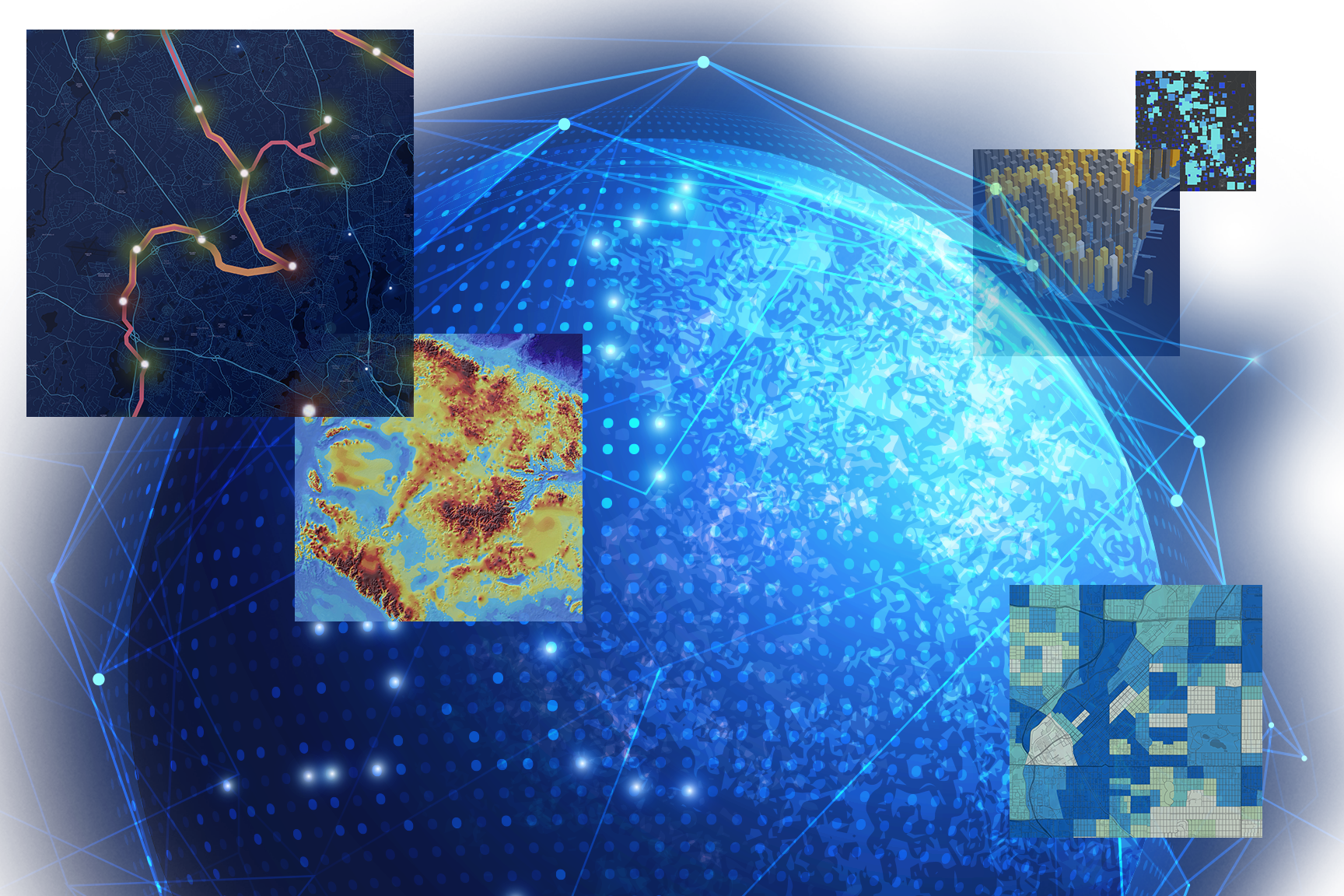Search and discover
Esri Geoportal Server provides a stand-alone, open-source data catalog and website of metadata for existing geospatial data and services. It allows you to create and manage descriptions of geospatial resources using easy-to-use, sophisticated data discovery technologies and provides an INSPIRE-compliant discovery service.





